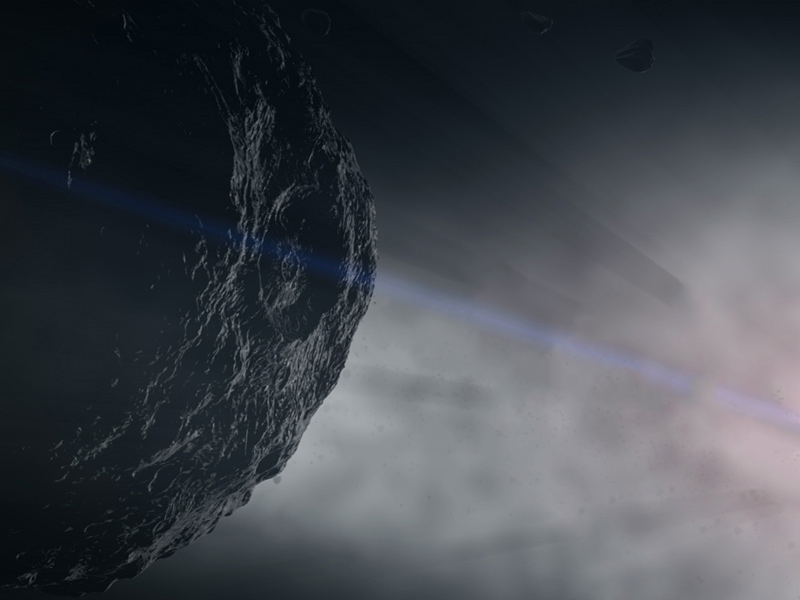“Guarding the Final Frontier: How NASA’s Scientific Vigilance Saves Earth from the Cosmos’ Unseen Threats” In a universe teeming with mysteries and uncharted territories, one of the most daunting risks to our planet’s safety remains shrouded in darkness – asteroids. These ancient space rocks, hurtling through the void, pose a catastrophic threat to humanity’s existence, capable of unleashing a global devastation that could reset the course of civilization. Yet, thanks to the unwavering dedication of NASA scientists and engineers, the likelihood of such a disaster has plummeted in recent years. In this article, we’ll delve into the remarkable world of asteroid detection and deflection, where cutting-edge science data and advanced technology join forces to safeguard our planet from the unforgiving vastness of space.
Practical Aspects: Defending Earth from Asteroids
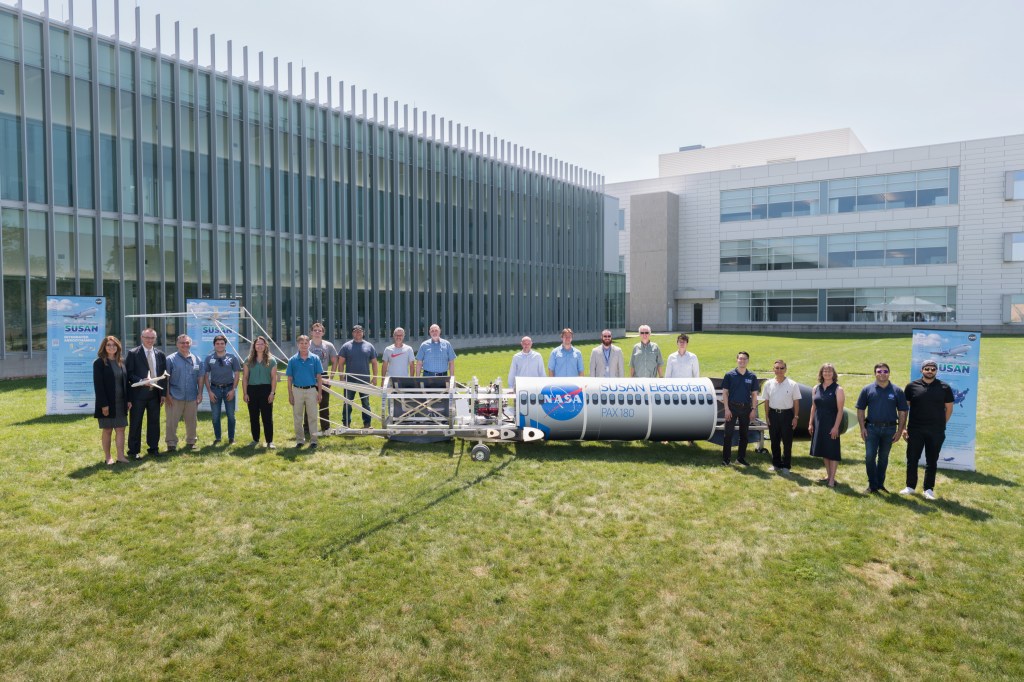
To defend Earth from asteroids, NASA is focusing on several key areas:
- Detection and tracking: Developing advanced detection and tracking systems to identify and monitor near-Earth objects (NEOs).
- Orbit modification: Developing technologies to modify the orbits of NEOs, potentially changing their trajectory.
- Deflection: Developing technologies to deflect NEOs from potentially hazardous orbits.
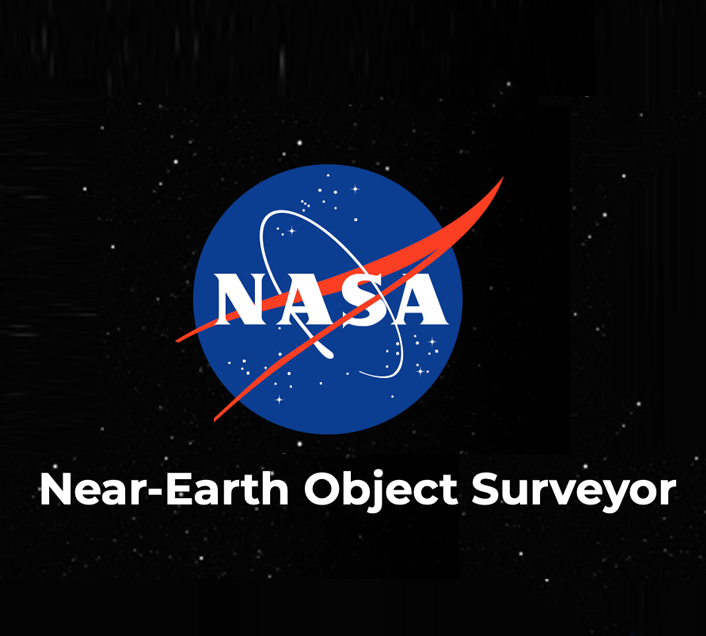
Challenges and Opportunities
Defending Earth from asteroids poses significant challenges, including the need for advanced detection and tracking systems, as well as the development of effective countermeasures. However, the exercise also highlighted the importance of collaboration and the need for international cooperation in addressing asteroid threats.
NASA and other agencies are working together to develop a comprehensive response strategy for asteroid impacts.
The exercise highlighted the importance of data from NASA’s DART mission and the need for advance planning and collaboration in defending Earth from asteroids.
To complicate the exercise, essential follow-up observations would have to be delayed for at least seven months – a critical loss of time – as the asteroid passed behind the Sun as seen from Earth’s vantage point in space.
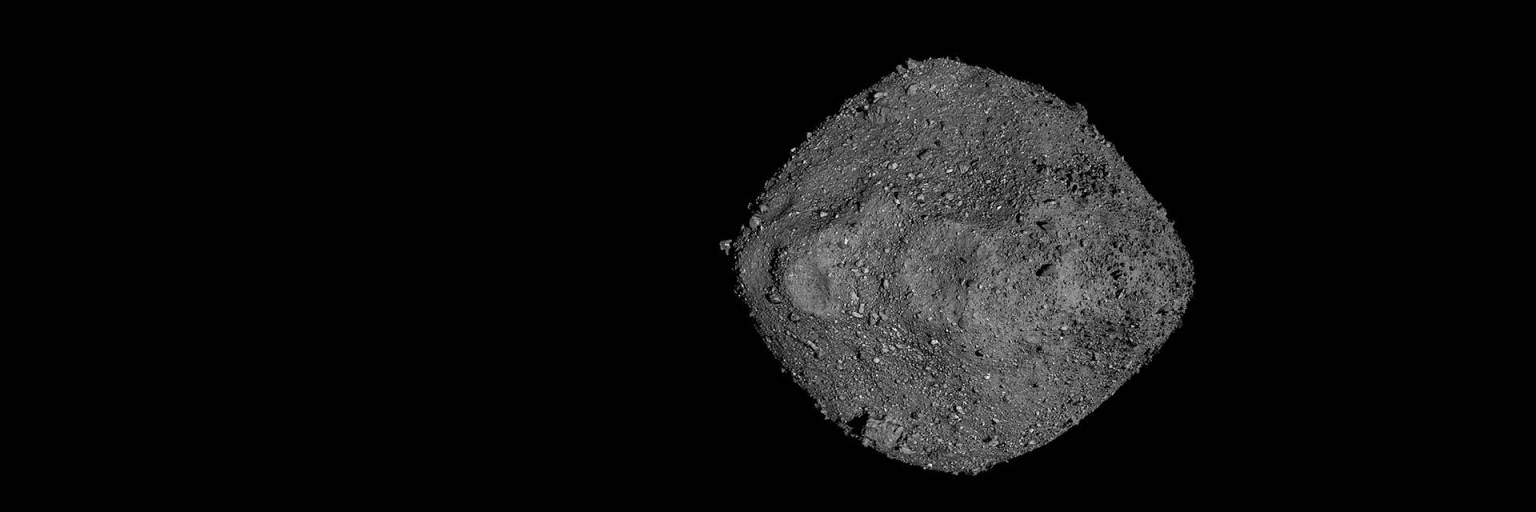
Conclusion
NASA’s Planetary Defense Coordination Office and its partners have made significant progress in identifying and tracking near-Earth objects that could pose an impact threat to Earth.
The 5th Planetary Defense Interagency Tabletop Exercise highlighted the importance of data from NASA’s DART mission and the need for advance planning and collaboration in defending Earth from asteroids.
As our understanding of asteroid threats evolves, NASA and other agencies will continue to work together to develop effective strategies for defending our planet.
Source Information:
- Planetary Defense at NASA In 2016, NASA established the Planetary Defense Coordination Office (PDCO) to manage the agency’s ongoing mission of finding, tracking, and better understanding asteroids and comets that could pose an impact hazard to Earth.
- Planetary Defense Interagency Tabletop Exercise: This exercise was the first to use data from NASA’s DART mission, the first in-space demonstration of a technology for defending Earth against potential asteroid impacts.
- NEO Surveyor: NASA’s NEO Surveyor (Near-Earth Object Surveyor) is an infrared space telescope designed specifically to expedite our ability to discover and characterize most of the potentially hazardous near-Earth objects many years before they could become an impact threat.
- Swarm: The three-satellite Swarm constellation is providing new insights into the workings of Earth’s global magnetic field.
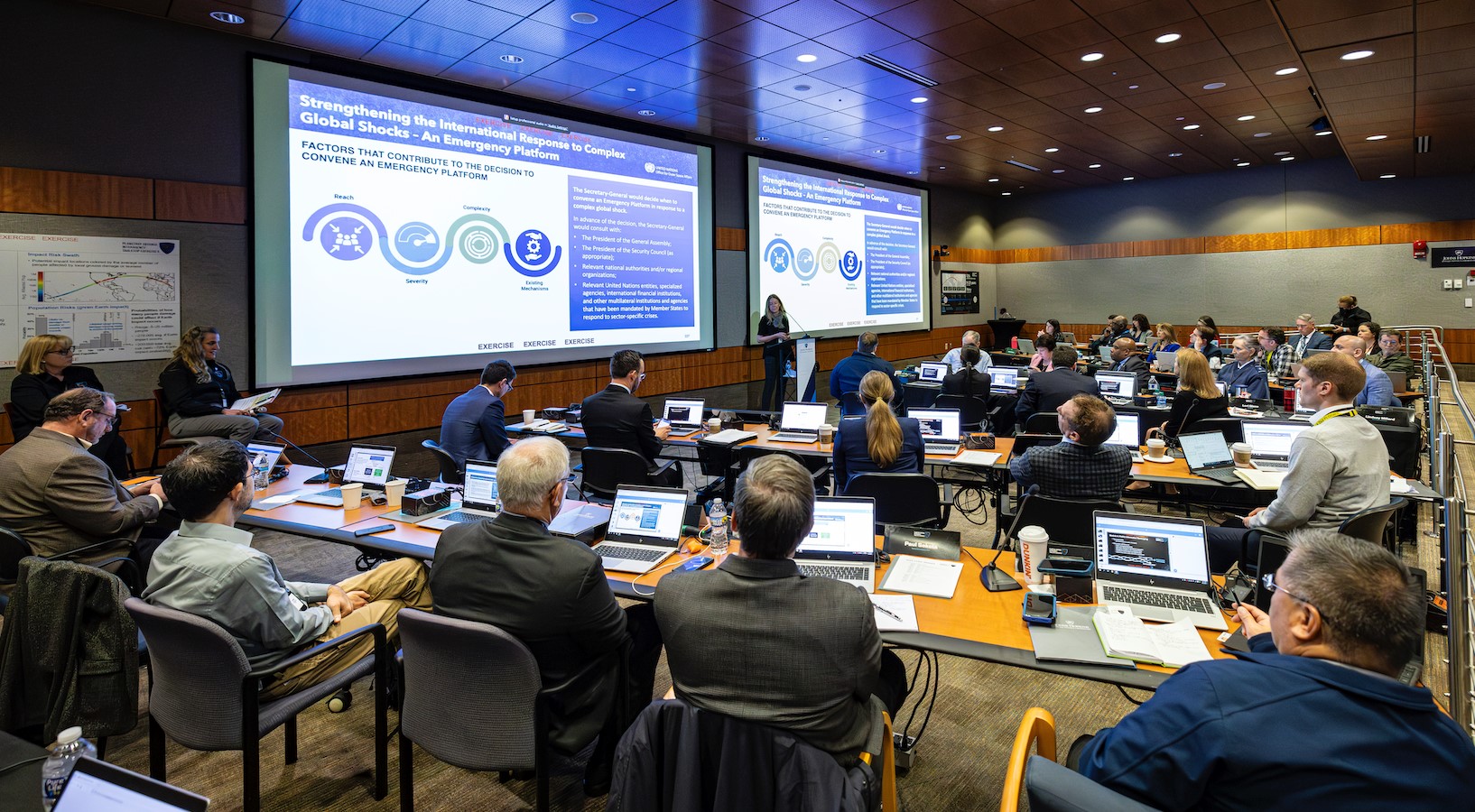
Defending Earth from Asteroids: Practical Applications
The challenges of defying asteroids are numerous, but some practical applications can help mitigate the risks.
- Deflection: NASA has developed technologies to deflect asteroids from potentially hazardous orbits using kinetic impactors.
- Orbit modification: Researchers are exploring the use of gravitational manipulation to change the orbits of asteroids.
- Detection and tracking: Improved detection and tracking systems can help identify and monitor near-Earth objects in real-time.
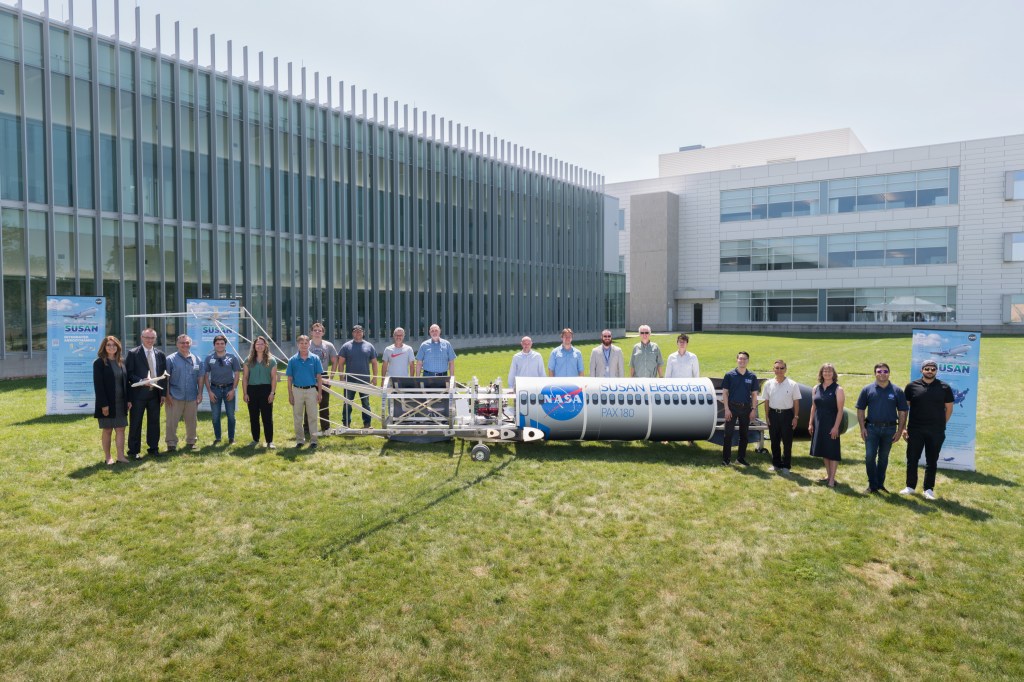
Conclusion
Defending Earth from asteroids is a complex problem that requires a multi-faceted approach. NASA and other agencies are working together to develop effective strategies for defending our planet.
As our understanding of asteroid threats evolves, we will continue to work together to develop new technologies and strategies for mitigating the risks.
The exercise highlighted the importance of collaboration and the need for international cooperation in addressing asteroid threats.
Source Information:
- Planetary Defense at NASA In 2016, NASA established the Planetary Defense Coordination Office (PDCO) to manage the agency’s ongoing mission of finding, tracking, and better understanding asteroids and comets that could pose an impact hazard to Earth.
- NEO Surveyor: NASA’s NEO Surveyor (Near-Earth Object Surveyor) is an infrared space telescope designed specifically to expedite our ability to discover and characterize most of the potentially hazardous near-Earth objects many years before they could become an impact threat.
- Swarm: The three-satellite Swarm constellation is providing new insights into the workings of Earth’s global magnetic field.
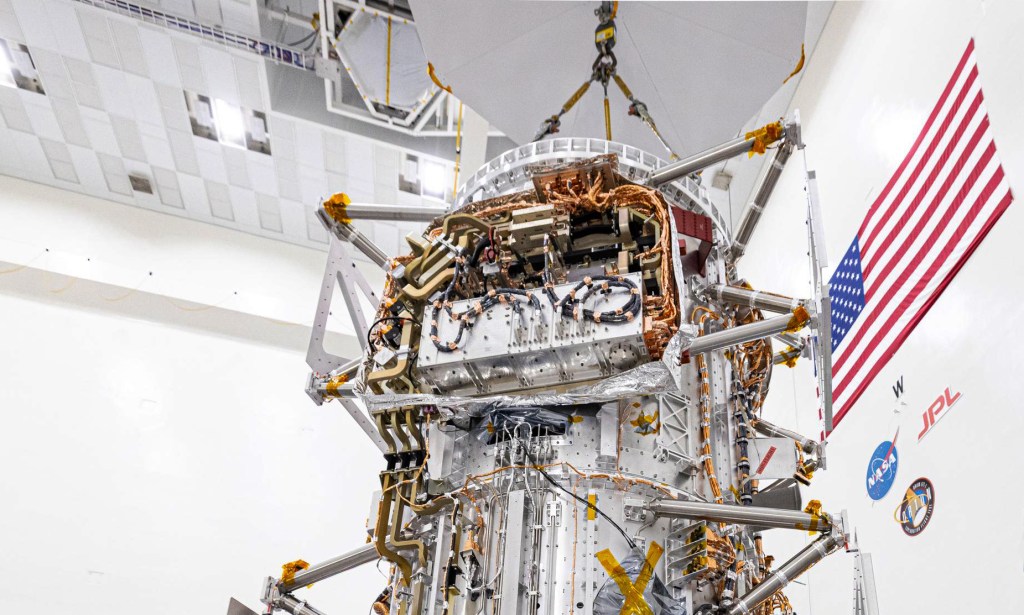
Magnetic Field and Solar Wind
The Earth’s magnetic field plays a crucial role in defending the planet against the solar wind, a stream of charged particles emitted by the Sun.
The solar wind can cause auroras, disrupt navigation systems, and damage power grids, but the Earth’s magnetic field traps most of the particles.
The magnetic field also protects the planet from cosmic radiation and charged particles from deep space.
The Van Allen Belts, two donut-shaped rings around the Earth, trap particles and prevent them from reaching the surface.
The magnetic field is constantly changing due to solar flares and other disturbances, requiring continuous monitoring and adjustments.
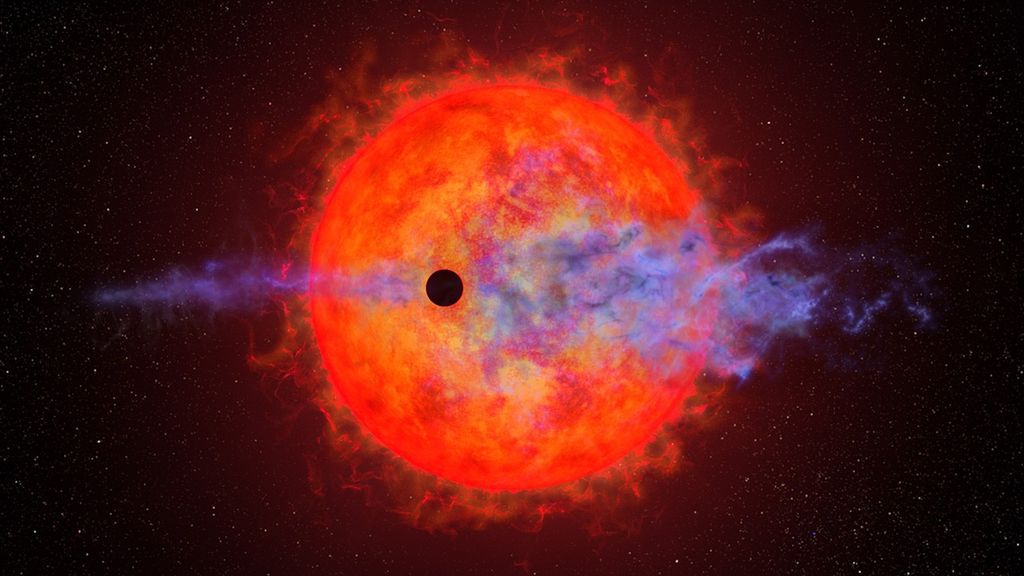
Magnetosphere and Auroras
The Earth’s magnetosphere is a complex system that protects the planet from harmful radiation and charged particles from deep space.
Auroras, or northern and southern lights, are spectacular displays of charged particles interacting with the Earth’s magnetic field.
Auroras can be caused by solar flares, coronal mass ejections, and other space weather events.
The magnetic field protects the Earth’s atmosphere from erosion by the solar wind and particle radiation.
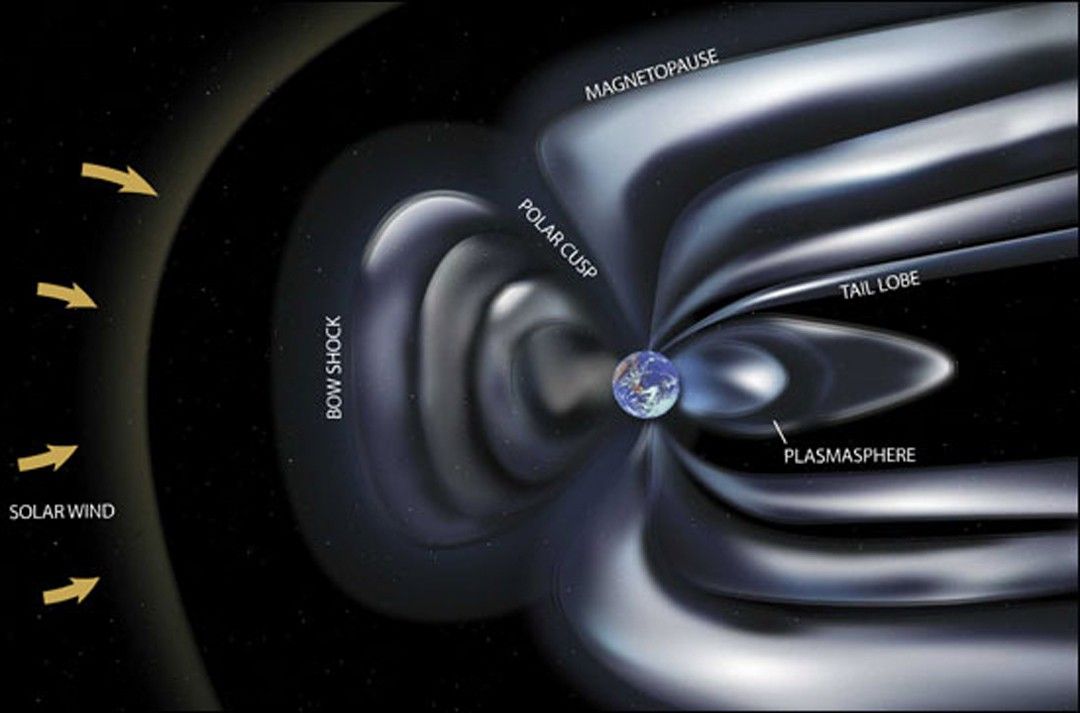
Defending Earth from Asteroids: Real-World Examples
NASA’s DART mission demonstrated a kinetic impactor’s ability to change the trajectory of an asteroid.
The asteroid Moon was the first asteroid to be impacted by a spacecraft, providing valuable insights into asteroid composition and orbital dynamics.
The European Space Agency’s (ESA) Swarm constellation has provided new insights into the workings of Earth’s global magnetic field.
The NASA Planetary Defense Coordination Office is working with international partners to develop a comprehensive response strategy for asteroid impacts.
The exercise highlighted the importance of collaboration and the need for international cooperation in addressing asteroid threats.
Source Information:
- DART mission: NASA’s Double Asteroid Redirection Test mission, which impacted the asteroid Moon in 2022.
- Swarm constellation: The three-satellite Swarm constellation, which provides new insights into the workings of Earth’s global magnetic field.
- ESA’s Swarm constellation: The European Space Agency’s Swarm constellation, which has provided new insights into the workings of Earth’s global magnetic field.
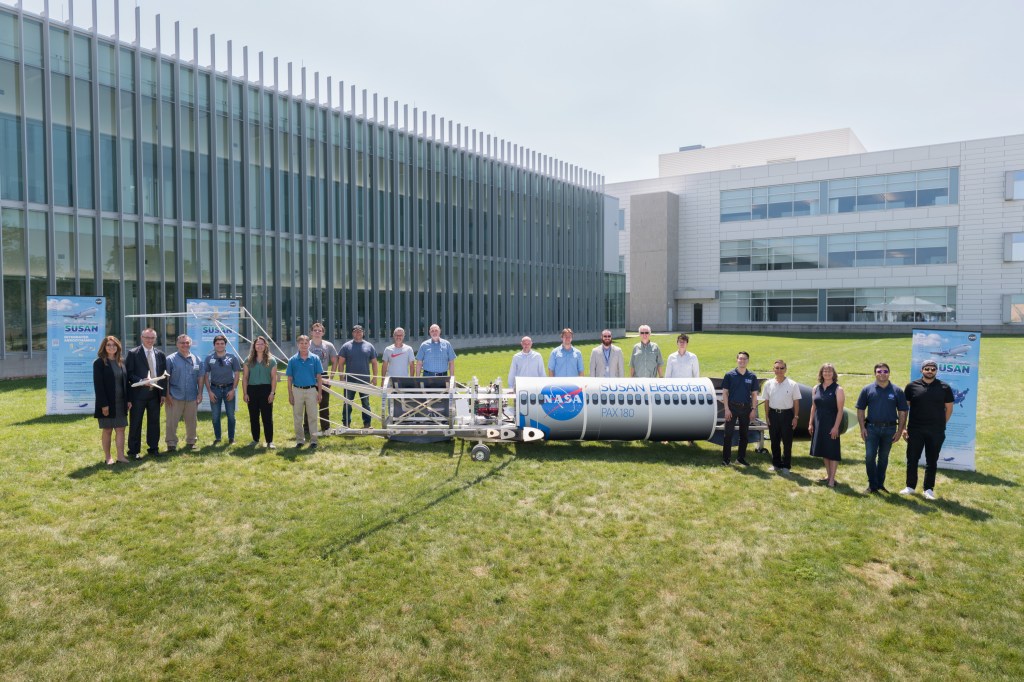
Conclusion
Defending Earth from asteroids is a complex problem that requires a multi-faceted approach. NASA and other agencies are working together to develop effective strategies for defending our planet.
As our understanding of asteroid threats evolves, we will continue to work together to develop new technologies and strategies for mitigating the risks.
The exercise highlighted the importance of collaboration and the need for international cooperation in addressing asteroid threats.
Source Information:
- Planetary Defense at NASA In 2016, NASA established the Planetary Defense Coordination Office (PDCO) to manage the agency’s ongoing mission of finding, tracking, and better understanding asteroids and comets that could pose an impact hazard to Earth.
- NEO Surveyor: NASA’s NEO Surveyor (Near-Earth Object Surveyor) is an infrared space telescope designed specifically to expedite our ability to discover and characterize most of the potentially hazardous near-Earth objects many years before they could become an impact threat.
- Swarm: The three-satellite Swarm constellation is providing new insights into the workings of Earth’s global magnetic field.
Conclusion
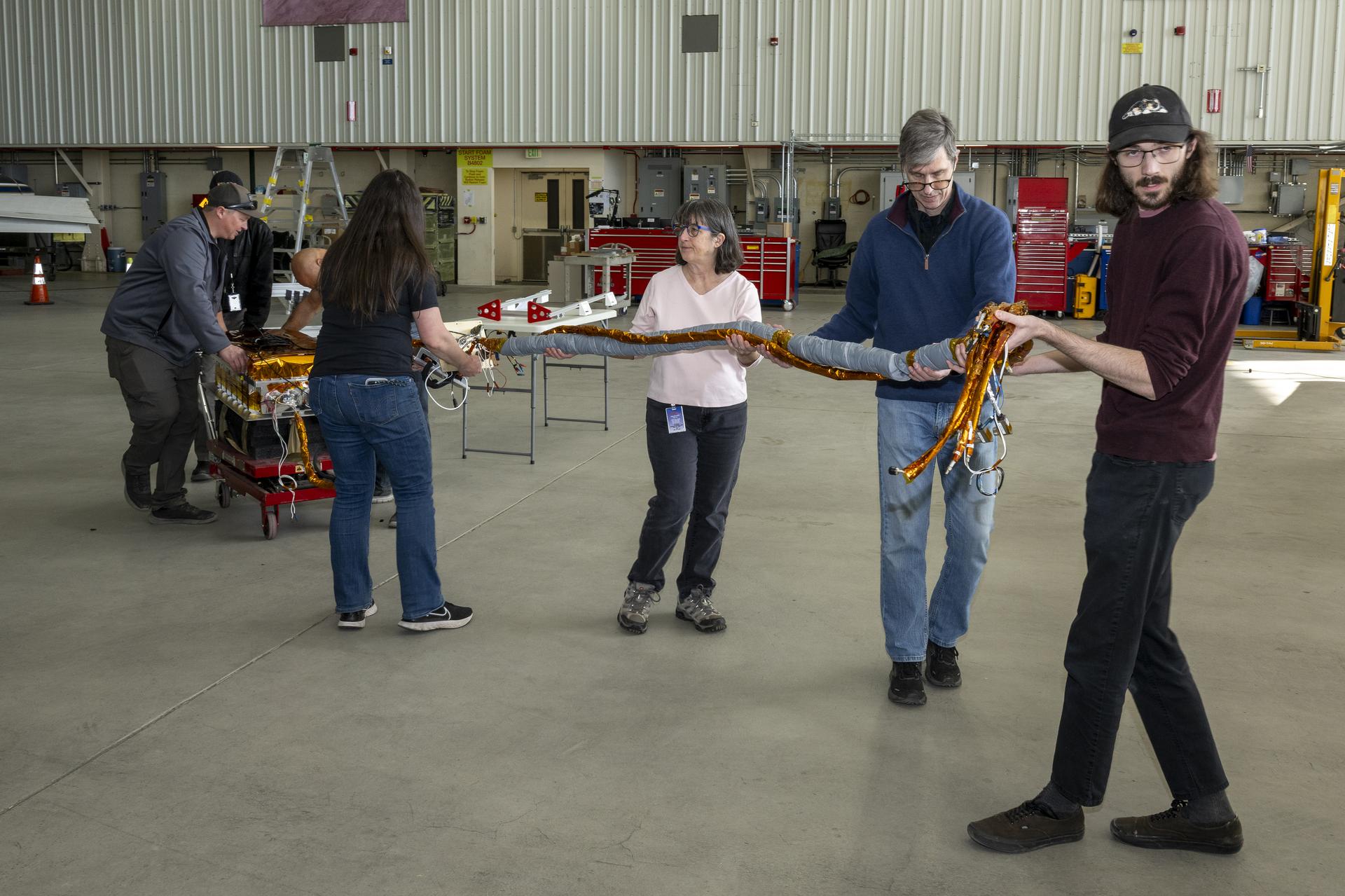
Conclusion: The Cosmic Shield of NASA Science
As we navigate the vast expanse of our universe, the ever-present threat of asteroid impacts serves as a poignant reminder of the delicate balance between our planet and the cosmos. In our exploration of “How NASA Science Data Defends Earth from Asteroids,” we delved into the crucial role that NASA’s scientific endeavors play in safeguarding our world from the dangers of near-Earth objects (NEOs). By leveraging sophisticated data collection and analysis techniques, NASA’s scientists have developed a robust system for tracking and predicting asteroid trajectories, enabling proactive measures to deflect or destroy potentially hazardous asteroids.
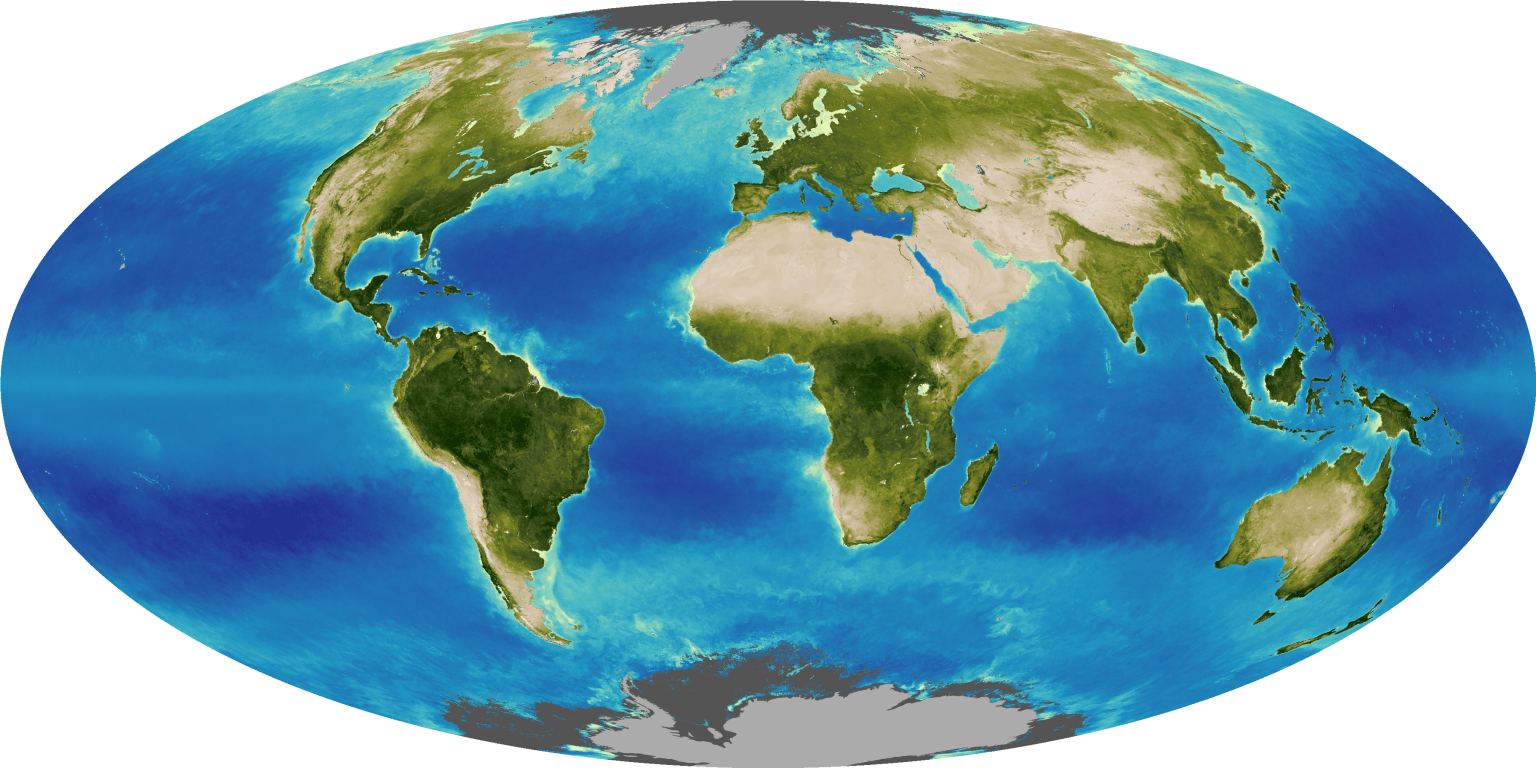
The significance of this work cannot be overstated, as the consequences of an asteroid impact would be catastrophic. The implications of such an event would be far-reaching, with devastating effects on global ecosystems, economies, and human societies. By investing in NASA’s science initiatives, we are not only protecting our planet but also ensuring the long-term survival of humanity. As we continue to push the boundaries of space exploration and scientific discovery, it is imperative that we prioritize the development of robust asteroid defense strategies, leveraging the expertise and resources of NASA and its global partners.
As we look to the future, the threats posed by asteroids will only continue to evolve, necessitating a sustained commitment to scientific research and development. By embracing the challenges and opportunities presented by this field, we can forge a new era of space-age diplomacy, international cooperation, and collective security. As we stand at the precipice of a new frontier, let us remember that the defense of our planet is not just a scientific imperative, but a moral obligation – to safeguard the future of humanity, and to ensure that our cosmic heritage remains a shining beacon of hope and possibility for generations to come.
